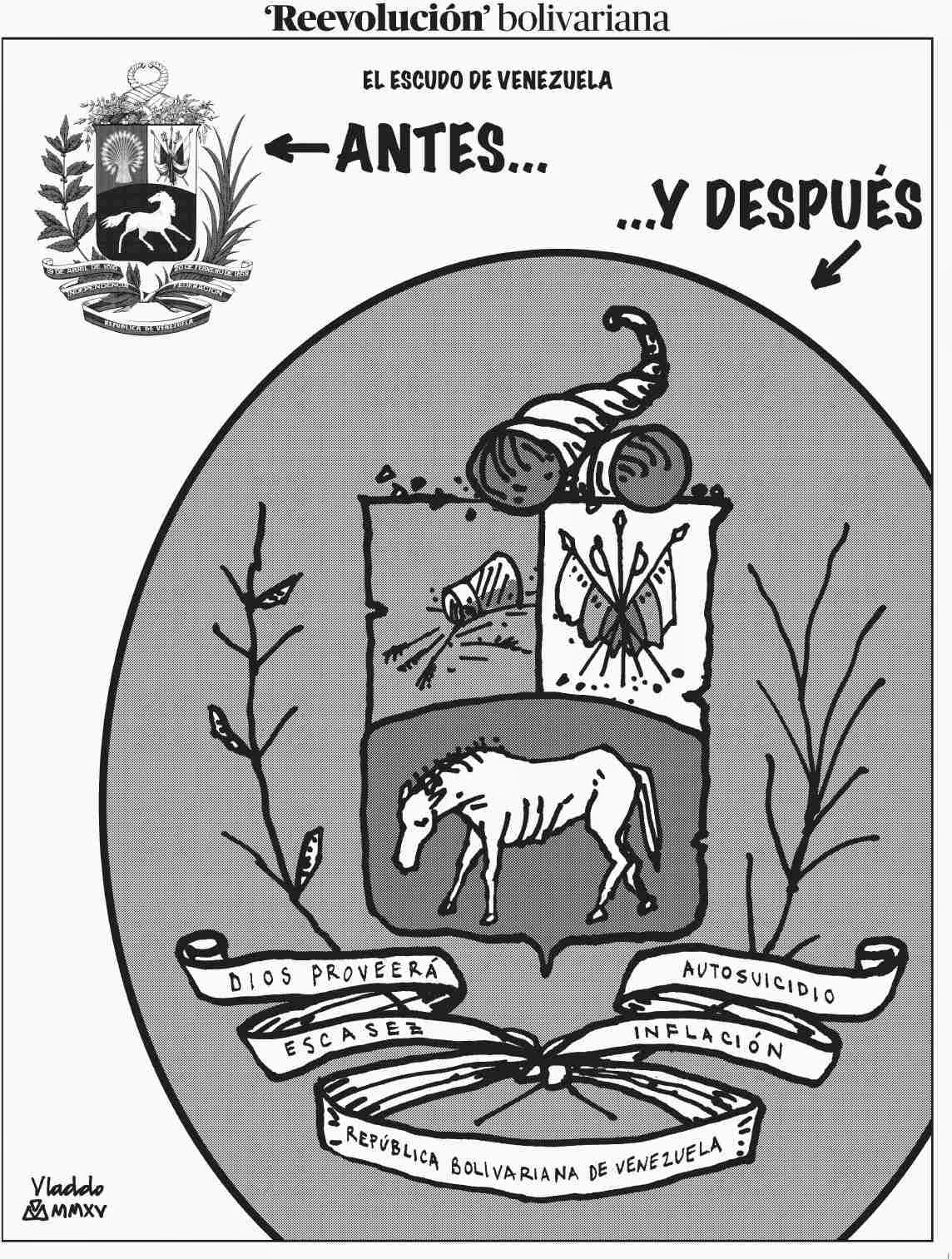 |
| Yohir Akerman, ex-columnist. |
For years, Yohir Akerman wrote often polemical columns for Medellin's
El Colombiano newspaper - columns often critical of religion and even of the newspaper's other columnists.
But when Akerman dared to suggest that the Good Lord could be - horrors of horrors - mistaken, he got ousted from the paper.
Akerman's latest and last column arose from the recent flap over the Universidad de la Sabana's opinion on the issue of adoption by same-sex couples. Sabana University, an elite private school located in north Bogotá, was founded by Opus Dei, the extremely conservative Catholic group. Predictably, the university's medical school recommended against permitting gay adoption. However, it went on to opine that homosexuals could be considered mentally ill, a position long since rejected by the medical establishment. The retrograde view on gay people brought the university so much criticism
that it issued a retraction.
In his newspaper columns, Akerman quoted Old Testament verses prescribing the
 |
El Colombiano
newspaper. |
death penalty - often by stoning - for adulterers, rebellious children, women who are not virgins at marriage and other 'wrongdoers.' He also also cited Bible verses endorsing slavery.
"All of these concepts are in the Bible," Akerman concluded, "and as history has demonstrated on these subjects, god was mistaken."
The newspaper appended this convoluted message to the column:
'Note from the directors: This newspaper promotes debate from respect and good arguments. We consider that this column strays from those principles. For the author, not publishing the column would mean his resignation. We publish it and accept his resignation.'
The directors did not explain why quoting the Bible constituted a lack or respect or good argument.
 |
| The Bible: Infallible? |
Semana magazine
quotes Akerman as saying that the paper's director criticized him particularly for not capitalizing the word 'god' and for asserting that God was mistaken.
In Sabana University's defense, it's not explicitly clear that its criticism of same-sex adoption was based on religious ideas. In fact, it doesn't seem unreasonable that growing up in a heterosexual family, which has been the norm for much of human and pre-human evolution, would be better for kids. But it also seems obvious that a loving, supportive family of any type is much better than an abusive one or being warehoused in an orphanage.
And the studies I've seen show that children of same-sex couples tend to out-perform those of heterosexual couples for a simple reason having little to do with the parents' gender or sexual orientation: they have highly-motivated parents who had to make lots of effort to have kids. In contrast, we all know that many heterosexual couples become parents by mistake.
For its part, Akerman's column seems to fall well within the spectrum of reasonable commentary. After all, he primarily quoted the Bible rather than attacking it.
Rather than summarily ousting Akerman,
El Colombiano's editors might explain why the Bible is unerring, and therefore that death by stoning is a reasonable punishment for a range of moral 'lapses.'
But while they're at it,
El Colombiano might also find itself endorsing a Christian version of the barbaric Islamic State.
As for the court, it ruled that, for now, same-sex couples could adopt only when the child was the biological offspring of one member of the couple, but that the legislature should regulate the issue.
Perhaps such an incremental decision is best in a highly-Catholic nation. In the U.S., when courts made rulings on controversial issues such as racial segregation and abortion it's led to years of conflict. Some things are best decided by the more democratic legislature.
By Mike Ceaser, of
Bogotá Bike Tours



 At the same time, of course, everything Colombian provides Maduro with a convenient target to attack. In that respect, Maduro's use of the term 'Santanderean oligarchy' is also telling. Maduro was referring to Colombian revolutionary hero and president Francisco de Paula Santander, who broke with Simon Bolivar after independence and is famous for telling Colombians that 'Weapons have given you independence, but laws will give you liberty.' In contrast to Santander, after independence Bolivar wanted to discard the Constitution and make himself lifetime president - much as the Chavez-Maduro dynasty, whch has ruled for 16 years, has done in Venezuela.
At the same time, of course, everything Colombian provides Maduro with a convenient target to attack. In that respect, Maduro's use of the term 'Santanderean oligarchy' is also telling. Maduro was referring to Colombian revolutionary hero and president Francisco de Paula Santander, who broke with Simon Bolivar after independence and is famous for telling Colombians that 'Weapons have given you independence, but laws will give you liberty.' In contrast to Santander, after independence Bolivar wanted to discard the Constitution and make himself lifetime president - much as the Chavez-Maduro dynasty, whch has ruled for 16 years, has done in Venezuela.























































